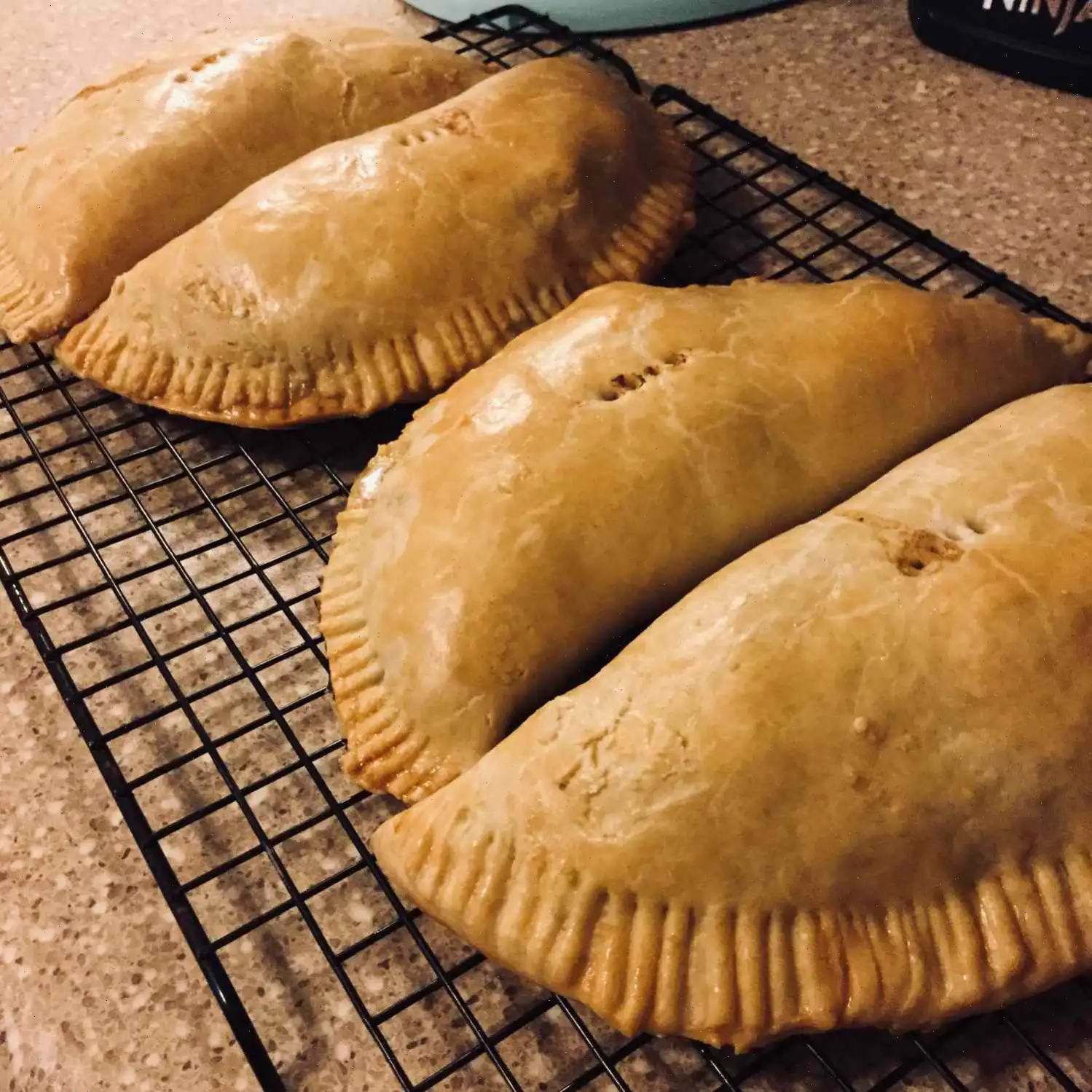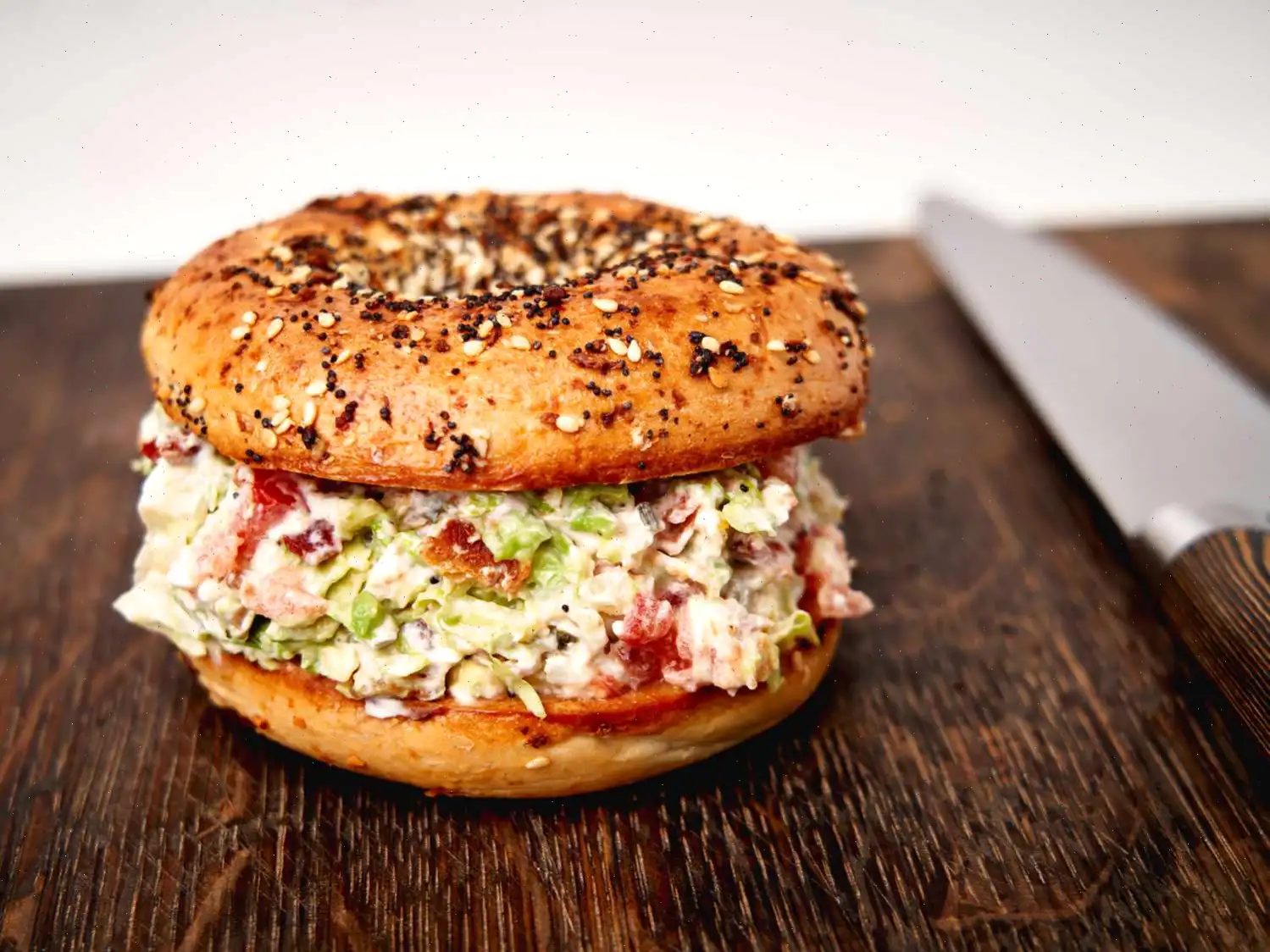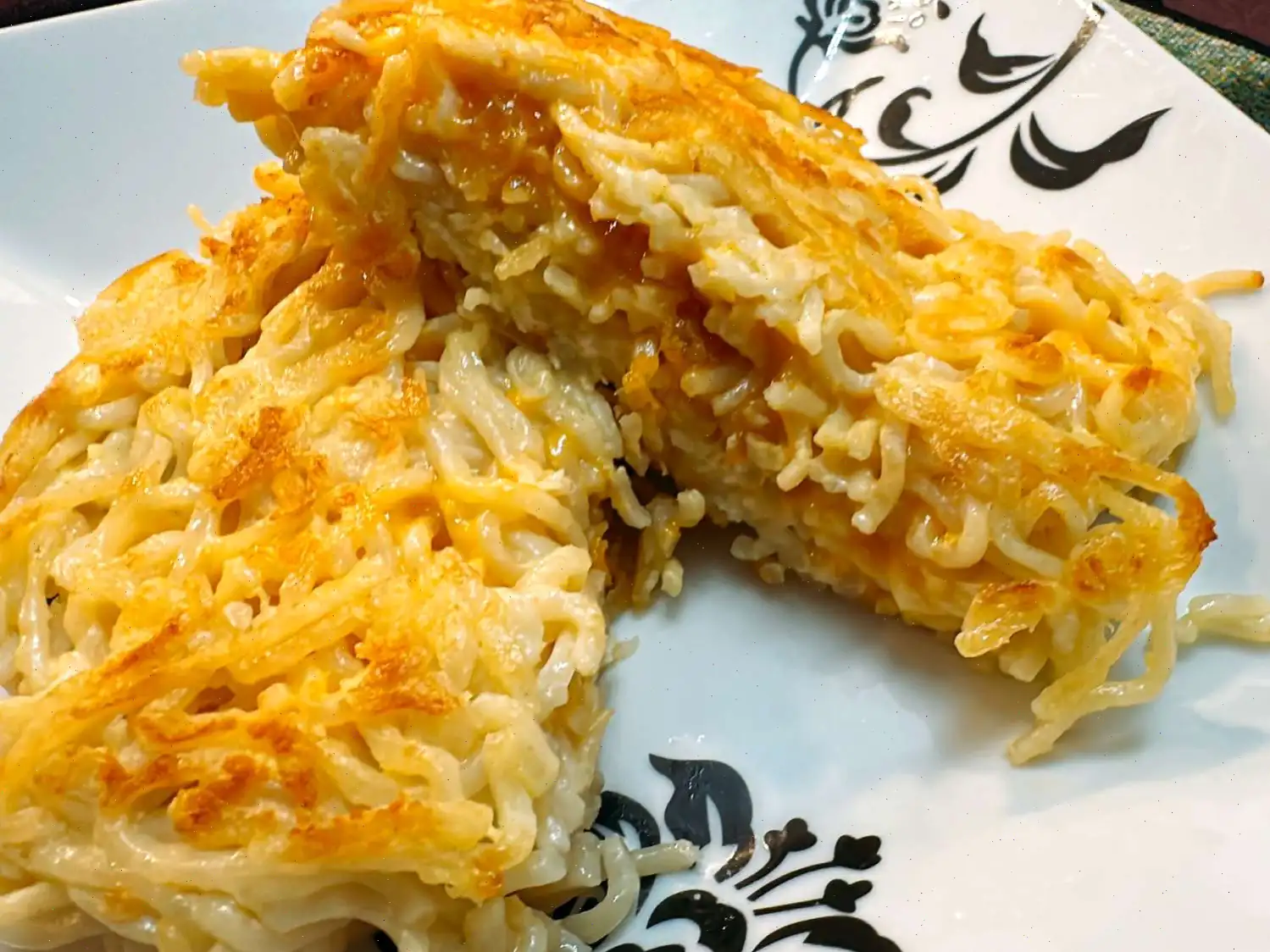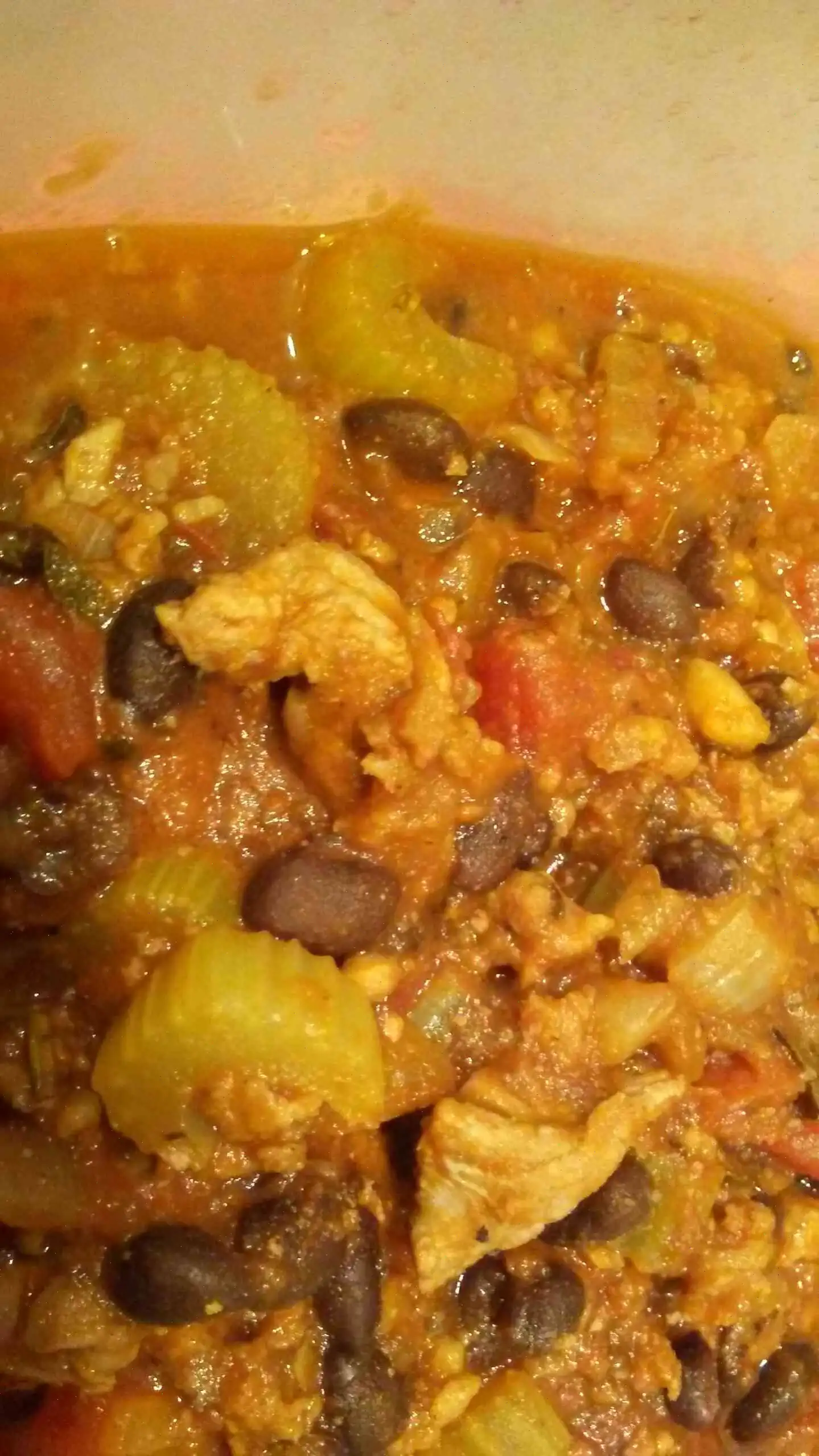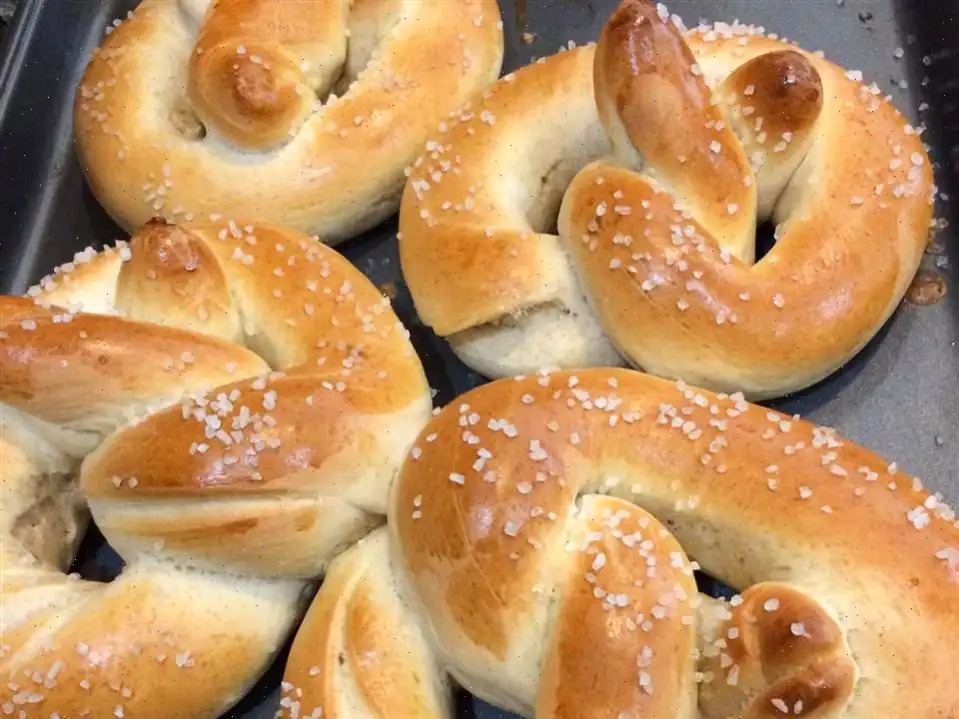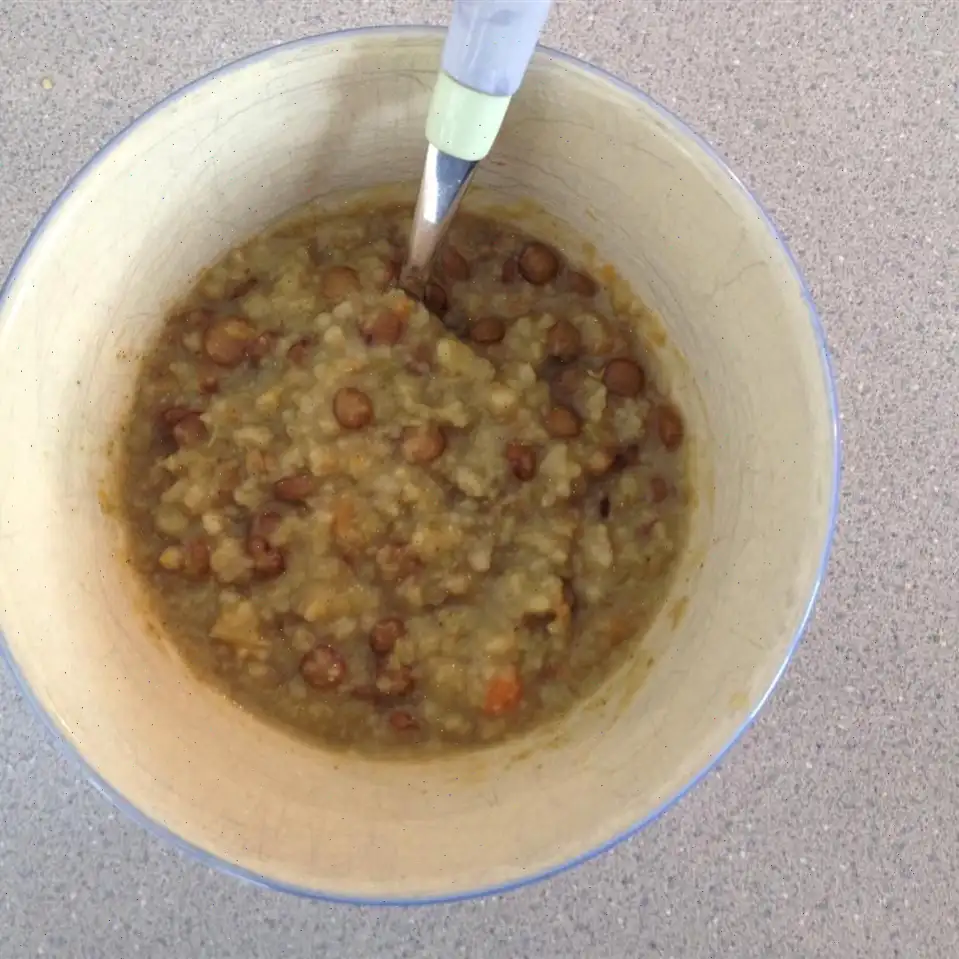
Chef John's Cornish Pasty Recipe
Ingredients
This recipe was developed at its original yield. Ingredient amounts are automatically adjusted, but cooking times and steps remain unchanged. Note that not all recipes scale perfectly.
Original recipe (1X) yields 4 servings:
Crust:
- 4 cups bread flour
- 3 ounces lard, cold
- cup butter, cold
- 1 teaspoons salt
- cup ice water, or as needed
Filling:
- 12 ounces beef skirt steak, cubed
- 1 cup diced Yukon Gold potatoes
- cup diced onion
- cup diced turnip
- 1 teaspoon freshly ground black pepper
- 1 pinch cayenne pepper
- 1 large egg
- 1 teaspoon water
- 2 tablespoons butter, cut into 8 thin slices
Directions
Step 1: In a large bowl, combine the bread flour, cold lard, cup cold butter, and 1 teaspoons salt. Use a pastry blender to mix until the mixture resembles coarse crumbs.
Step 2: Create a well in the center of the mixture and pour in the ice water. Stir with a fork until the mixture starts to come together. Then, use your hands to form the dough into a ball.
Step 3: Transfer the dough to a lightly floured surface and knead it for about 2 minutes until smooth and firm.
Step 4: Wrap the dough tightly in plastic wrap and refrigerate for at least 2 hours, allowing it to chill and firm up.
Step 5: Preheat the oven to 350F (175C) and line a baking sheet with a silicone baking mat.
Step 6: In a bowl, combine the cubed beef skirt steak, diced Yukon Gold potatoes, diced onion, diced turnip, black pepper, and cayenne pepper. Stir until well mixed.
Step 7: In a small bowl, beat the egg with 1 teaspoon of water to create an egg wash.
Step 8: Divide the chilled dough into 4 equal portions. Roll each portion into a round, about 1 inch thick and 8 inches in diameter.
Step 9: Brush the surface of each dough round with the egg wash.
Step 10: Place of the steak mixture slightly off-center of each dough round, then top each with 2 slices of butter.
Step 11: Fold the dough over the filling to form a half-moon shape, and press the edges together to seal. Trim any excess dough from the edges.
Step 12: Transfer the pasties to the prepared baking sheet. Use the tines of a fork to crimp the edges, then poke a small hole in the center of each pasty with the fork.
Step 13: Brush the tops of the pasties with the remaining egg wash.
Step 14: Bake the pasties in the preheated oven for about 1 hour, or until they are golden brown and bubbling.
Step 15: Allow the pasties to cool on a wire rack for 5 to 10 minutes before serving.
Nutrition Facts (per serving)
| Calories | 499 |
| Total Fat | 46g |
| Saturated Fat | 22g |
| Cholesterol | 139mg |
| Sodium | 1921mg |
| Total Carbohydrates | 10g |
| Dietary Fiber | 1g |
| Total Sugars | 1g |
| Protein | 13g |
| Vitamin C | 4mg |
| Calcium | 27mg |
| Iron | 2mg |
| Potassium | 206mg |
Percent Daily Values are based on a 2,000 calorie diet. Your daily values may be higher or lower depending on your calorie needs.

Origin and History of Cornish Pasty
The Cornish pasty has deep roots in Cornwall, a region in the southwest of England. The pasty was originally created for Cornish miners during the 18th century. These miners needed a hearty, portable meal that could withstand the harsh conditions of the mines. The sturdy, crimped pastry shell allowed them to eat with one hand while keeping the filling safe from dirt and grime. Traditionally, the filling consisted of beef, potatoes, onion, and swede (rutabaga), all of which were local, readily available ingredients.
Regional Variations and Characteristics
In Cornwall, the Cornish pasty is a beloved national dish and holds a protected designation of origin (PDO) status in the European Union. This means that only pasties made in Cornwall, following the traditional recipe, can officially be called Cornish pasties. The classic pasty has a distinctive "D" shape, with a crimped edge along one side, and is typically filled with beef, potatoes, onion, and turnip or swede. However, regional variations exist, with some using chicken, lamb, or even vegetarian fillings.
How Cornish Pasty Differs from Similar Dishes
While other cultures have their own versions of pastry-wrapped meat pies, the Cornish pasty is unique for its crimped edge and the specific combination of beef, root vegetables, and seasoning. Unlike British meat pies, which often feature a top and bottom crust, the Cornish pasty is a single-serve, hand-held pie that is folded into a half-moon shape with a crimped side. In contrast to French pasties like empanadas or turnovers, which use a more delicate dough, the Cornish pastys crust is thick and sturdy, designed to stand up to rough handling without breaking apart.
Where Cornish Pasties Are Typically Served
Traditionally, Cornish pasties were served as a hearty lunch for miners, but today they can be found at bakeries, cafs, and pubs across Cornwall and beyond. In Cornwall, they are often enjoyed with a local pint of ale or cider. Outside of Cornwall, pasties have become popular across the UK, especially as a quick meal or snack for busy workers. In other countries, such as the United States, the Cornish pasty is often associated with regions with a large Cornish mining heritage, like Michigans Upper Peninsula, where they are also served as a staple of the local cuisine.
Fun Facts About Cornish Pasties
- In the past, the crimped edge of the pasty was not just decorativeit was also functional. Miners would use it to hold the pasty, so they wouldn't get their hands dirty, as the crust could be discarded after eating the filling.
- It is said that Cornish wives used to prepare pasties for their husbands before they went to work. They would mark the pasty with a personal symbol on the crimped edge, so the miner would know whose pasty he was eating.
- The Cornish pasty was granted protected status in 2011, meaning that only pasties made in Cornwall using traditional methods can legally be called "Cornish pasties."
- While the classic Cornish pasty filling consists of beef, potatoes, turnips (or swede), and onions, creative chefs around the world have come up with countless variations, including vegetarian, chicken, and even sweet versions.
Conclusion
Chef John's Cornish pasty recipe brings the authentic flavors of Cornwall into your kitchen. With its simple yet hearty ingredients, it offers a taste of history and tradition in every bite. Whether you are familiar with the Cornish pasty or are trying it for the first time, this dish will not disappoint. Its rich history, regional variations, and practical design make it a truly iconic part of British cuisine.
You can listen to this recipe in AI audio format. Simply click the play button below to listen to the content in a format that suits you best. It’s a great way to absorb information on the go!
FAQ about Chef John's Cornish Pasty Recipe
Comments
Andrew Harris
06/29/2023 10:51:51 AM
I tried making pasties using a cupcake pan and it was a total success! The smaller size was perfect, but I recommend rolling the dough a bit thinner and using smaller portions of ingredients. It's definitely worth the effort. I added cheese and bell peppers for extra flavor - so delicious! Give it a try and let me know what you think!
Jonathan Rivera
06/05/2024 02:22:30 PM
Fantastic recipe! I've always had a desire to try making pasties ever since my 8th-grade science teacher mentioned them to the class. These pasties are perfect for lunches - I usually prepare them on a Sunday and grab one to take to work every day! I had some leftover filling, so I sautéed it in a skillet with a bit of butter. I added a cup of water and a chicken bouillon cube (beef would work well too!) and boiled the dough scraps to create small dumplings. I then combined them with the filling in the skillet, creating a tasty snack while the pasties were baking!
Christine Phillips
11/13/2024 07:59:57 AM
My grandmother used to make pasties constantly for her family of 12 and the farm workers. Instead of making individual pasties, she would make a large pan of them with a top and bottom crust, filling them with turnips, parsnips, and rutabagas from her garden. I follow her recipe and add a bit of beef broth to the filling to replicate the delicious taste of her pasties.
Robert Baker
02/24/2025 06:37:30 AM
My mother's father worked as a coal miner and came from a mix of English and Welsh backgrounds. He passed away when I was 3 years old, but my grandmother took care of me, and she kept making pastries long after he was gone. I faithfully followed this recipe with just a few tweaks - I used a rutabaga instead of a turnip, a russet potato instead of a yellow gold one, and omitted the cayenne pepper. I'm so happy to report that the pastries turned out just like the ones my grandmother used to make. I am thrilled with this recipe!
Jack Adams
08/09/2023 12:52:15 AM
Here is the revised review: This dish may turn out nicely, but it might have a slightly different flavor for someone from Cornwall. Swap out swede (rutabaga, as I've heard) for turnip and use cayenne instead of black pepper to stay true to the original Cornish recipe. Don't forget to include onion for the cheese and onion version! All you need is steak, swede, and potato for a delicious meal.
Alexander Green
10/06/2023 04:11:24 PM
Being from Michigan, I have always enjoyed Pasties. In my family, we prefer using Rutabaga over turnips for a richer flavor profile. I also like to experiment with variations, such as adding a few tablespoons of beef gravy or using a simple empanada dough or puff pastry for a different twist.
Emily Robinson
08/05/2024 11:08:04 PM
My mother-in-law mastered the art of making the most delicious pasties, and I never attempted to replicate them until now (it's been 30 years since my last try). These pasties turned out excellent. There was an excess of pastry, and although I didn't use it all, next time I would probably use slightly less pastry per pasty and make them slightly smaller. The filling was fantastic. I also opted to seal the pasties at the top instead of the side, as I strive for a more traditional pasty look.
Amanda Edwards
01/19/2023 10:27:20 AM
I would rate this recipe 4 stars instead of 5 because traditional Cornish pasties use swede (rutabaga for Americans) instead of turnips, despite the Cornish referring to them as turnips. However, aside from that discrepancy, this recipe is quite good. The pastry is excellent, as many pasty recipes typically use a standard shortcrust pastry that can be too fragile.


